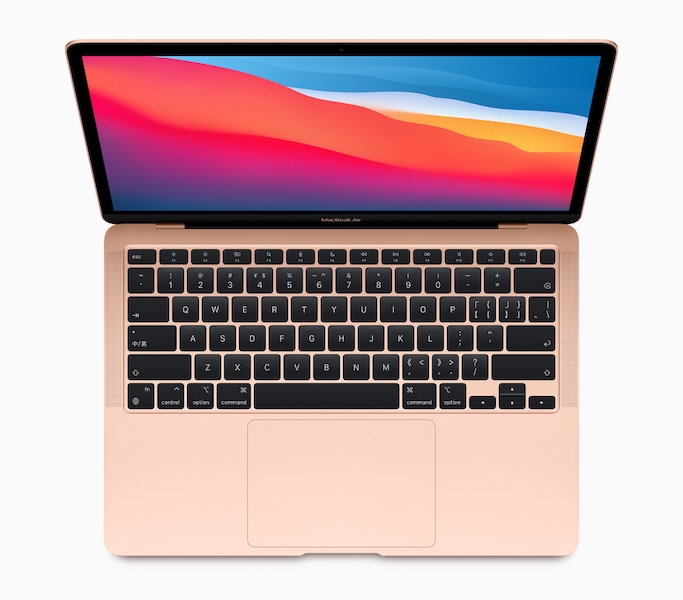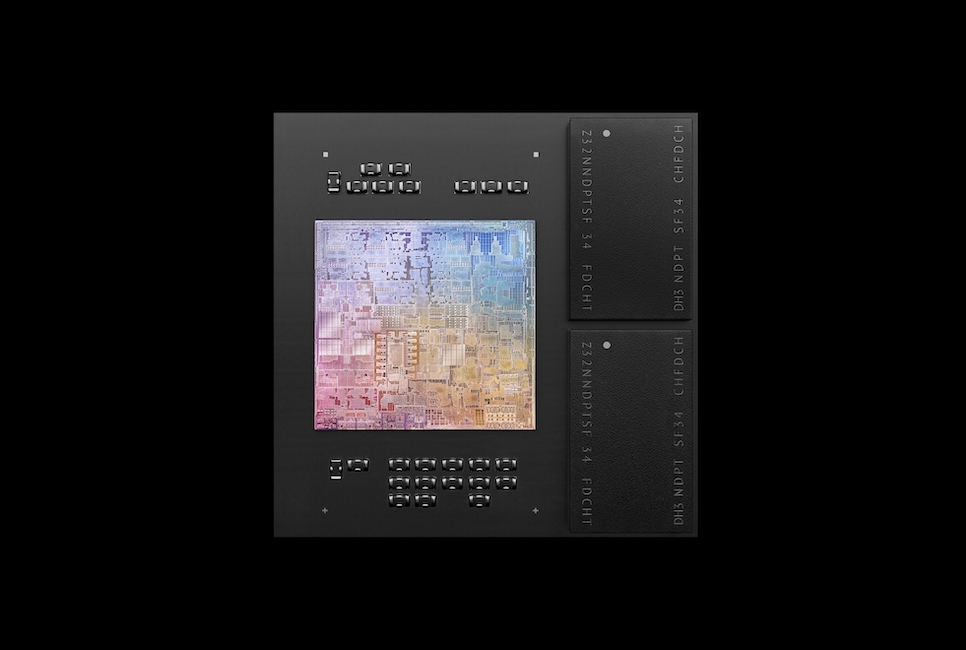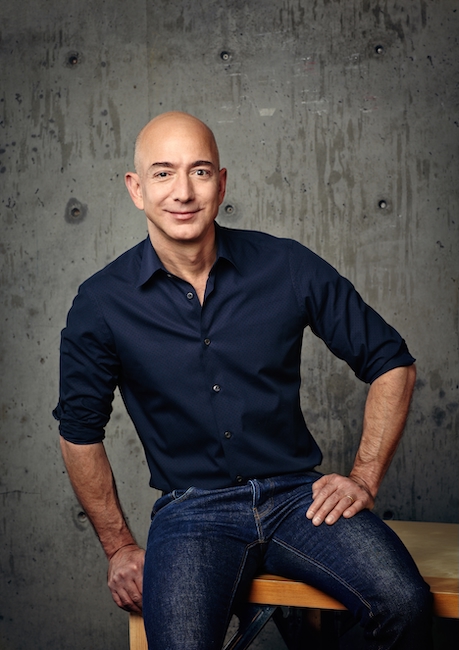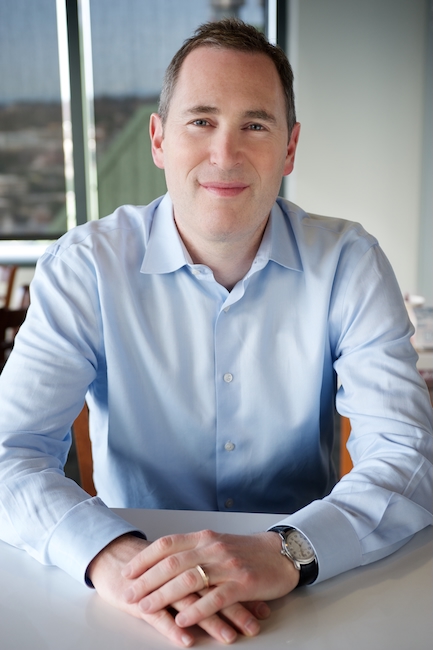|
|
Thursday Notes: Big Sur Update; Teaching about the M1; From Bezos to Jassy; Parler CEO out.By Graham K. Rogers
It all seemed to go smoothly enough for me and the next day, while I had an initial missed heart beat when WebEx seemed to stall, that did load and the class ran smoothly. I ran Time Machine, charged the device and switched to the iPad Pro for the rest of the day. The next morning, I grabbed what I thought was my MacBook Pro and began work. I was not happy. Mail loaded almost 3,000 messages, some dating back to September, all of which I had read. Some had been in Junk. Notes, failed to load current items initially, but these did appear, including some I thought I had deleted. I saw that in the Mail preferences, Junk Mail filtering had been turned off. This was unusual for an update but there were other changes were, for example to the Dock. Magnification had been turned off; and the app Twitterific was no longer there. I dragged that back, but all these resets wasted a lot of morning time which is normally productive. The Dock preference controls the menubar and that was now disappearing. I like that to be shown permanently, particularly as I use two screens when teaching online: another box to change: this time to uncheck. Thinking I should consider providing feedback about this unusual series of changes, I looked at the menu item, About this Mac. I saw that the version number was wrong. It was the beta. I had picked up the MacBook Air and not the M1 MacBook Pro which I had left on a different table when charging the night before. The MacBook Air is set up for a different working environment at my office and I never run Mail on it. Switching to the correct machine, I started work again. I took the MacBook Air back to my office. We are starting to open up the university in a few days, so it will see more regular use there, where I also have an older Mac mini. I still have the Intel MacBook Pro at home as well as the M1 Mac.
 M1 Mac Book Air - Image courtesy of Apple
Everyone then presumed that the first Macs with Apple Silicon would also have a version of the same A14 chip. I am pleased to say that with the M1 announcement, we were all wrong. This week, Apple has asked for those original developer Mac mini computers to be returned, with an offer of $200 to go towards an M1 Mac (Juli Clover, MacRumors). Some developers are not happy with the low offer and it is noted that with the transition to Intel, the developer Macs saw a full refund. If anyone were to keep one of these it could have some value in the future: academic interest of course.
She forwarded a representative article for me to look at. Once I had the idea of the level we would be working at I chose a couple from AnandTech, with my preference being for the initial analysis of the M1 Mac mini. AnandTech had prepared some comments based on the A14 developer Mac mini, but had to revise that when the M1 release appeared. It was a reasonably lengthy article, although much was discussion of benchmarking, so I limited the task to Introduction, Conclusion, and one other page. Before the student spoke I outlined some of the history of the Mac:

M1 processor - Image courtesy of Apple
Bear in mind that the normal power brick for these Macs gives 61W, so there must be some reduction at higher charge levels. As the battery level approached 100% so power dropped (0.53A). With the screen off, when I returned from lunch this was down to 5v and 0.1A (0.5W). There is also more to the power-saving as when I opened the lid this morning, after leaving it in sleep mode all night, the charge was shown as 100% which an Intel Mac could never do.

M1 MacBook Pro power throughput
I had a look online and eventually arrived at a help page with some ideas, although that needed me to enter the Library, which these days is invisible. Using a Finder panel, that showed me the location of the file, so by clicking on the display at the bottom of the panel was able to open the Library. First, the Containers folder but I did not find the expected file: "com.gingerlabs.NotabilityMac". There is a folder marked Notability. Another search showed that there was something in the Application Scripts folder. I trashed that and also put the app in the trash. The other file, which was supposed to be in Preferences, likewise did not exist: trashing an app's preference file used to be one of the easy fixes. For the second time I downloaded the app. Again, nothing. I wrote to the developers.
There has obviously been much feedback about the frustrations users are finding with Face Recognition and the need to wear masks. Early on, a change was made so that the passcode unlock screen appeared earlier; but this week there was some elation online when it was revealed that the next beta (and probably the next version) of iOS will unlock an iPhone when a user is wearing a mask, if the user is also wearing an Apple Watch (Chance Miller, 9to5Mac). I am running 14.4 so am keen for this release (14.5), which I would not expect for a few weeks yet.
Jeff Bezos and Andy Jassy of Amazon - Images courtesy of Amazon
The new M1 Macs are exciting, even if clothed in older Mac bodies, but the development of the chip has its roots in the time of Jobs, with the 2008 hiring of Johny Srouji, so some will take the credit for the decision to develop this new direction for Macs away from him too. The A7 which was the first iPhone chip with 64-bit computing which pointed the way to the potential for desktop use, was released in 2013, 2 years after Steve Jobs died. Never forget, Jobs chose Cook himself. In the last online comment, I mentioned that Tim Cook had made a presentation on privacy with particular reference to social networking sites by which many understand the nudge in the direction of Facebook. Apple has now made that video available for viewing. The video is 12 minutes long and can be found on YouTube. I love how he used the term, which he had before, "a data industrial complex" which mirrors Eisenhower's Military industrial complex warning: not that anyone took much notice of that. A copy of the transcript was made available through MacRumors (Joe Rossignol)
Graham K. Rogers teaches at the Faculty of Engineering, Mahidol University in Thailand. He wrote in the Bangkok Post, Database supplement on IT subjects. For the last seven years of Database he wrote a column on Apple and Macs. After 3 years writing a column in the Life supplement, he is now no longer associated with the Bangkok Post. He can be followed on Twitter (@extensions_th) |
|


 I am aware that, despite the howls from unprepared users and cries, of "worst version ever", or claims that OS versions are not tested, Apple does test its apps and operating systems extensively. Apart from one difficulty (Catalina), I have been running beta versions for a number of years. Like thousands of others I report problems I find. There is action and sometimes dialogue: more information or screen shots may be requested.
I am aware that, despite the howls from unprepared users and cries, of "worst version ever", or claims that OS versions are not tested, Apple does test its apps and operating systems extensively. Apart from one difficulty (Catalina), I have been running beta versions for a number of years. Like thousands of others I report problems I find. There is action and sometimes dialogue: more information or screen shots may be requested.


